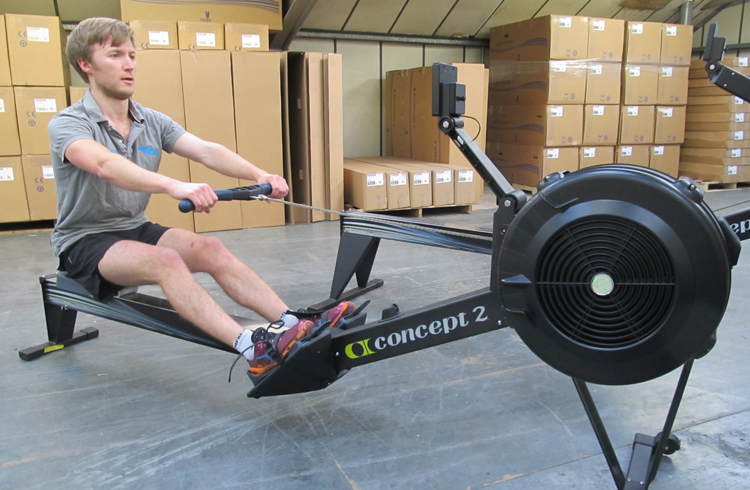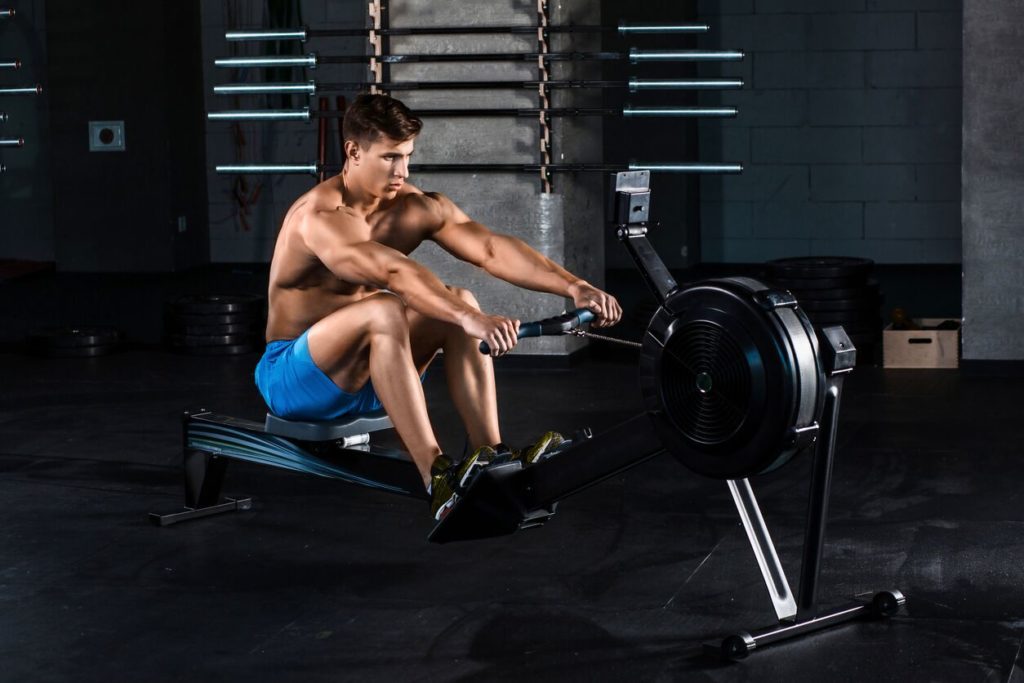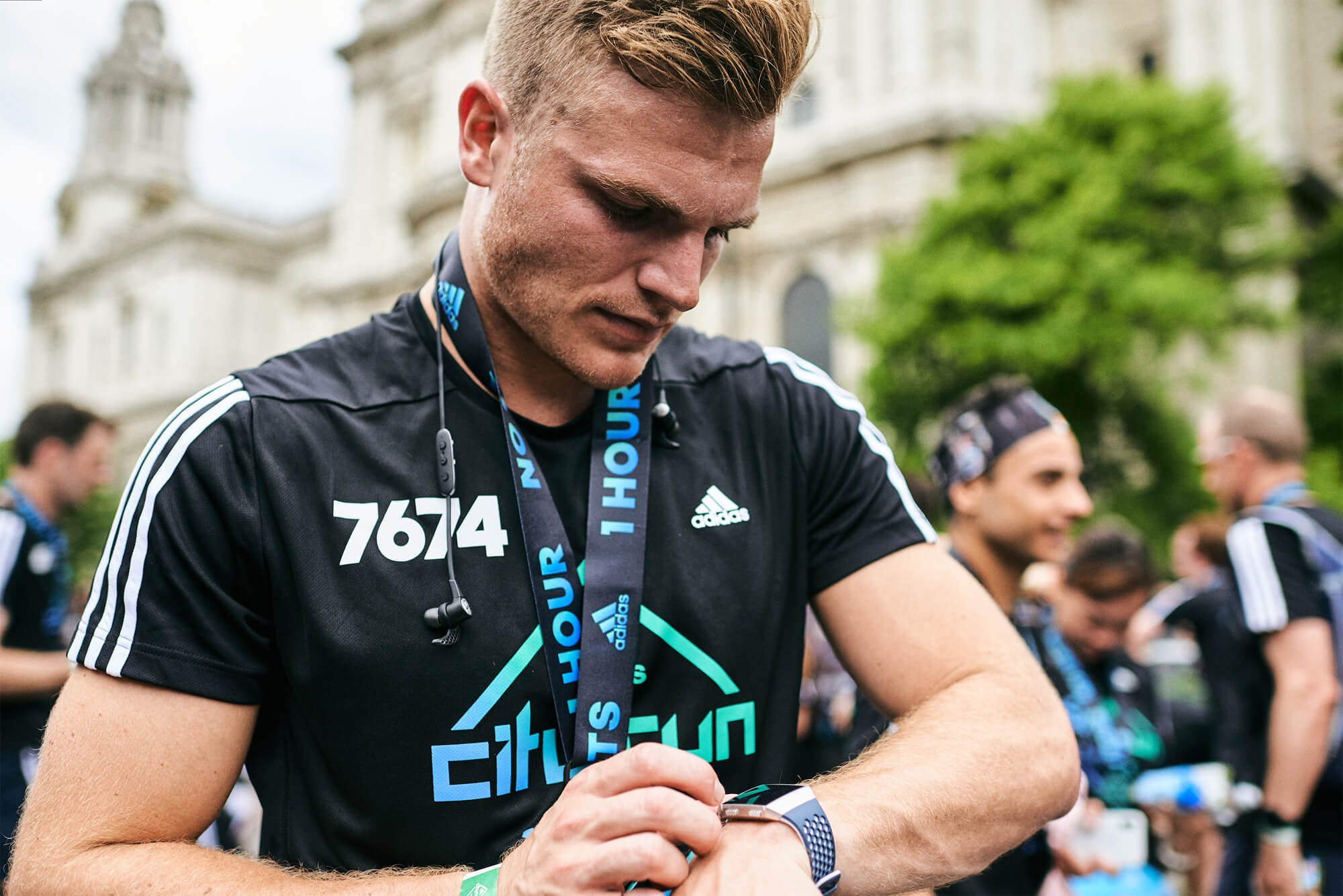Standing 5ft 9ins and weighing 67kg, it’s fair to say I was never cut out to be the next Sir Steve Redgrave.
However, as a growing number of runners are finding out, you don’t have to be a veritable Goliath to reap the cross-training benefits of dipping your oar in.
In fact, you don’t even need an oar. It’s much easier to just jump on a Concept2 rowing machine, which is what I’m doing today at the company’s Nottingham headquarters.
Putting me through my pace’s is Concept2’s Alex Dunne, an experienced lightweight rower. Before we get going, he runs me through a few of the basics: set the resistance nice and low (3-5 is absolutely fine) and go for a relaxed stroke rate (20-25 stokes per minute).
Sounds simple enough, so let’s get to it…
Heart
In his prime, Sir Steve Redgrave’s resting heart rate was just 30 beats per minute, similar to that of Mo Farah’s. Years of rowing had given him an exceptionally powerful heart and lungs. While us mere mortals may have to settle for something slightly more achievable, there’s no doubting that a weekly rowing workout will help to enhance your cardiovascular fitness. For a good endurance workout, try to row 10,000m in 40 minutes.
Head
Look at rowers at the end of a race. They are exhausted. “I’ve never had to dig as deep in any other activity than I have when rowing,” says Alex, who’s also run a 1:20 half-marathon “When you’re racing, you’re always right on the edge.” No doubt about it, rowing requires serious mental resilience. The good thing about a rowing machine is that the stats are all right in front of you. Your power output, metres travelled and stroke rate are all on the display. All you need to do is keep hitting your target.
Legs
While rowing requires a strong upper body, the majority of the power comes from the legs. Rowing 2000m is like doing 200 squats without stopping. It’s not easy, but it will create legs and gluten of steel. “You have to start the stroke with your legs,” advises Alex. “You see so many people over-compensating with their arms: it’s inefficient, less powerful and more likely to end in injury.”
Strength
“Rowing is a power endurance activity,” says Alex. “So it requires both explosive strength and stamina.” As a result, it’s a big calorie-burner – similar to an elliptical or stair-climber machine. Even better, though, it builds muscle while also working the heart and lungs. Talk about multitasking.
Back
A strong back helps to keep you running in an efficient and upright manner. There are few activities better for creating a powerful back than rowing. Your upper trapezius and rhomboids – located between the should blades – pull your shoulders back, while your latissimus dorsi – located beneath your armpits and shaped a little like wings – pull your upper arms back into extension.

Try this:
Warm-up:
- 750m easy
Main set:
- 6 x 500m all-out effort, with 2mins rest between sets
Warm-down:
- 750m easy
Concept2 is available for £860 inc VAT concept2.co.uk







